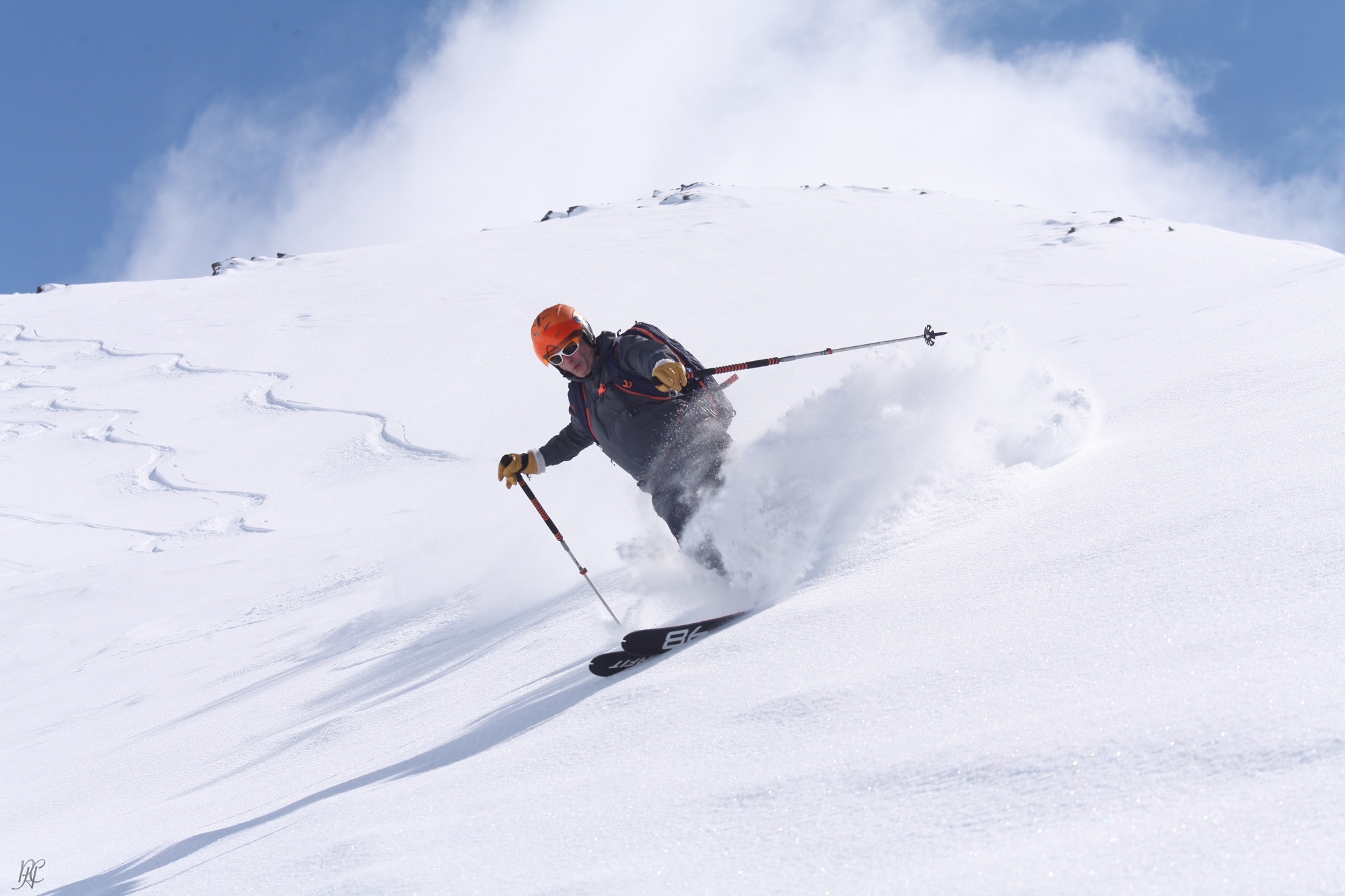Even though the ski season is a couple of months away, many in the north are starting to get their body ready to hit the slopes.
While many start early conditioning to reduce the muscle soreness they face after their first few nights out, others have set their sights on injury prevention.
Both are great reasons to start working on your strength, flexibility and balance at least two months before the season starts to set yourself up for your best season yet.
One of the most common injuries skiers are concerned about is straining or tearing the anterior cruciate ligament (ACL) of the knee. The ACL’s main job is to stabilize the knee, especially during twisting/rotational movements. Because of the speed, uneven surfaces, and directional changes associated with skiing, the ACL is a frequently-injured structure.
Aside from injury to the ligament itself, an ACL injury earlier in life increases the risk of developing arthritis down the road.
To learn more about ACL injuries, I spoke with Dr. Eric Mancini from Bay Street Orthopedics.
Dr. Mancini is an orthopedic surgeon and has served as team doctor for numerous professional sports teams. He treats patients in Petoskey, Cheboygan, Boyne City and Charlevoix.
What are some contributing factors to ACL injuries sustained while skiing?
Mancini: “Studies have shown that ski racers are more likely to tear their ACL when the inside of the ski of their downhill leg catches snow while turning in what is a “slip catch” mechanism. Most ACL injuries also occur when the binding fails to release, so while tighter bindings are better for more aggressive skiing, they can lead to a high risk of injury. Finally, a greater percentage of injuries are sustained on the ‘last run’ of the day, when skiers are fatigued and more likely to make an error skiing.”
If an injury is sustained, what factors should be considered when deciding about surgery?
Mancini: “It is important to consider your age and activity level when considering ACL surgery. Young active athletes who will be doing cutting activities should have their ACL reconstructed. Skiing is not technically an ACL dependent activity. If green and blue groomers are what you enjoy, you may be able to return with an ACL brace if you do not participate in other cutting activities.”
How long should the skier expect to wait until they can perform daily activities after surgery?
Mancini: “After ACL surgery you can expect to walk the same day. You will start physical therapy right away for range of motion and strengthening. At three months you begin straight line running. Five to six months are cutting and sports specific activity with a return to sport at 9-12 months.”
If a reconstruction is performed, how long before someone can return to the slopes?
Mancini: “Depending on your activity level and the timing of your injury, you will likely be able to return to skiing at the start of the following ski season.”
What are the best steps skiers can take to take in order to reduce the risk of ACL injury?
Mancini: “Being in the best physical shape going into the season is the best way to avoid injury. Strengthening your legs prior to the season can limit fatigue and goes a long way decreasing injury. Avoiding the ‘last run’ of the day when your legs are tired is another way to limit injury.”
Here are few other things you can do to reduce your risk of lower-body injury this season:
Get a head start
An exercise program that incorporates balance, strength, flexibility, and agility is the best way to get your body slope-ready. And the best time to start is now; we recommend that you start a conditioning program 6-8 weeks before the season to receive maximum benefit.
Check your gear
If it has been awhile since you’ve had your skies, bindings, boots, or orthotics examined by a professional, now is a great time to do it. Generally, ski professionals recommend you have your equipment checked before the start of the season every year.
Know your limits
Make sure that your capabilities match the conditions, and be extra aware in slush or ice, especially early and late in the season. Keep muscle fatigue in mind as well. How many times have you heard some variation of ‘Boy, if I just hadn’t taken that last run of the day…’? Muscle fatigue at the end of long day means that they can’t protect you from injury as well as the could earlier in the day.








